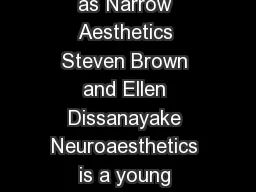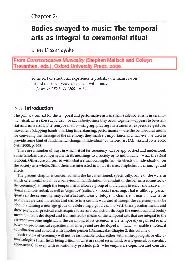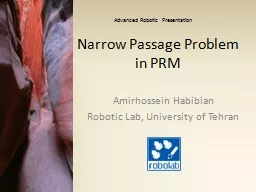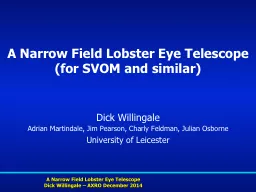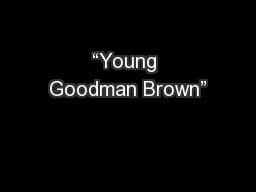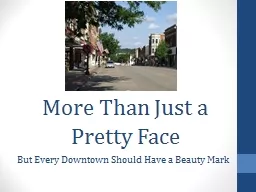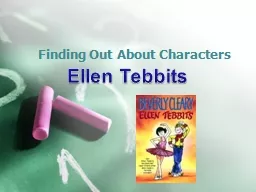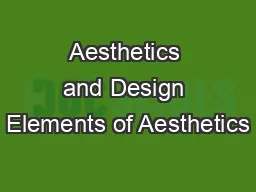PDF-CHAPTER The Arts are More than Aesthetics Neuroaesthetics as Narrow Aesthetics Steven
Author : danika-pritchard | Published Date : 2015-01-29
Morphologically the term implies the scientific study of neural aspects of the perception of artworks such as paintings or elements of artworks such as musical intervals
Presentation Embed Code
Download Presentation
Download Presentation The PPT/PDF document "CHAPTER The Arts are More than Aestheti..." is the property of its rightful owner. Permission is granted to download and print the materials on this website for personal, non-commercial use only, and to display it on your personal computer provided you do not modify the materials and that you retain all copyright notices contained in the materials. By downloading content from our website, you accept the terms of this agreement.
CHAPTER The Arts are More than Aesthetics Neuroaesthetics as Narrow Aesthetics Steven: Transcript
Download Rules Of Document
"CHAPTER The Arts are More than Aesthetics Neuroaesthetics as Narrow Aesthetics Steven"The content belongs to its owner. You may download and print it for personal use, without modification, and keep all copyright notices. By downloading, you agree to these terms.
Related Documents

